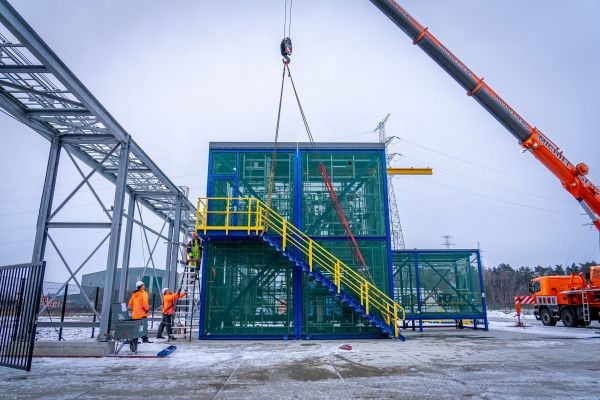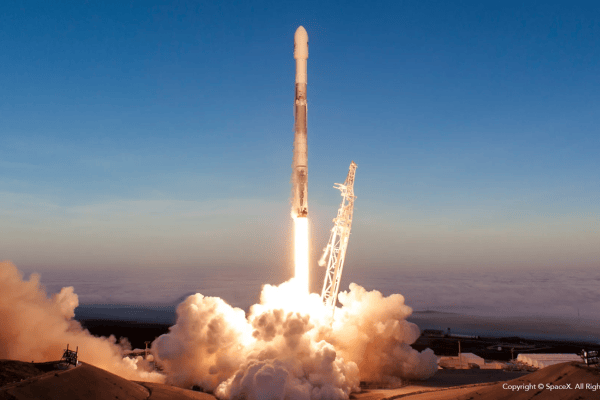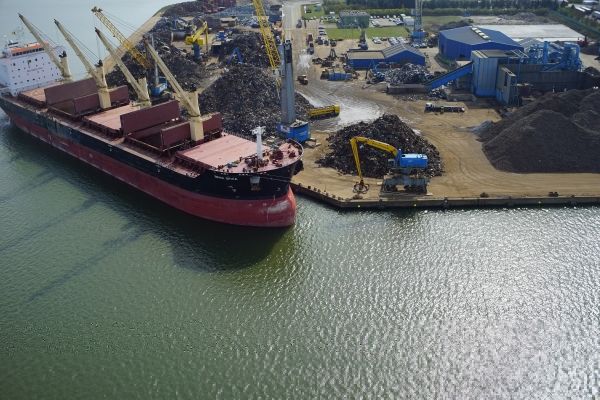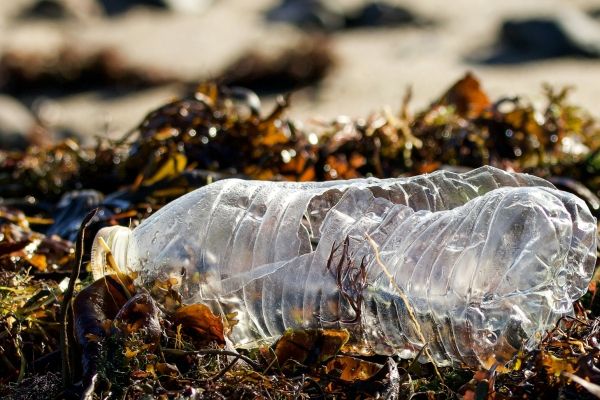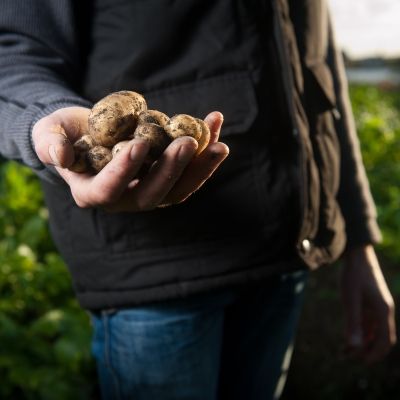Citizens track river litter with AI in innovative VITO and River Cleanup project
River Watchers turns every smartphone user into a litter detective in new citizen science project
Today, VITO and River Cleanup are launching the River Watchers project. This innovative citizen science initiative brings together citizens and artificial intelligence (AI) in the fight against pollution along riverbanks. The premise is simple: anyone with a smartphone can participate. By photographing trash on a walk and uploading the images, each citizen helps map river pollution. Thanks to AI, even small and hard-to-detect waste is now being made visible for the first time. With the insights gathered, governments and organisations can take more targeted action.
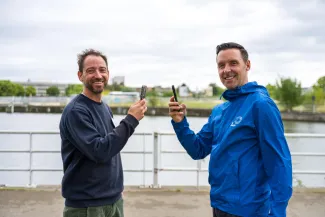
Arne Van Overloop remote sensing AI expert - VITO & Thomas de Groote, founder River Cleanup
Every day, around 10 million kilograms of plastic end up in rivers globally, breaking down into microplastics that eventually enter our food chain. River Watchers tackles this challenge by combining citizen engagement with advanced technology. Participants document waste with their smartphones, and AI processes the results. The project has two core goals: increasing knowledge about litter and boosting environmental awareness among citizens.
AI breakthrough: detecting mesoplastics for the first time
Unlike traditional cleanup efforts, River Watchers not only documents litter presence, but also provides granular insight into its type, volume, and location. VITO’s AI model can recognise large objects such as PET bottles and cans but also detects mesoplastics—particles between 5 and 25 mm, like cigarette butts, plastic pellets, and foil fragments. This marks a significant innovation, as mesoplastics have long been difficult to monitor and remove, despite their key role in spreading microplastics.
This is the first citizen science initiative worldwide to apply AI for detecting mesoplastics along riverbanks. Previous studies focused mainly on marine or beach environments.
"The project is a perfect symbiosis between innovation and citizen participation. Images reveal the unfiltered truth. With AI, even the smallest waste item becomes visible, enabling us to generate precise data to inform both citizens and policy-makers—and motivate real action, "
– Arne Van Overloop, remote sensing AI expert at VITO
From smartphone to waste detective
River Watchers uses gamification to motivate participants. For each piece of trash photographed, a dot is placed on an interactive map. Participants earn trash tokens for each uploaded photo, which ranks the most active contributors, dubbed "trash hunters" or "trash detectives." This unique mix of AI, citizen science, and gaming elements makes the platform accessible and effective for driving behavioral change while generating large-scale data, including information on overlooked waste types like mesoplastics. The goal: mobilise at least 1,000 citizens across Belgium to help map riverine litter and create a detailed overview of its distribution.
Two types of participants, one common goal
A core group of 100 volunteers will walk the same routes regularly to gather consistent data over time. These longitudinal observations offer scientifically validated insights: how much waste accumulates, which types dominate, and how this evolves. This structured data supports better-informed decisions by governments, companies, and nonprofits. Cleaning up is welcome, but not mandatory. The initial focus is on rapid data collection; organised cleanup actions will follow.
" We want to demonstrate that behavioral change is possible thanks to a smart combination of technology, gamification, and community engagement. By involving everyone in a positive way, we create a tangible impact. And the data we gather? It's not optional: it provides governments and producers a clear mandate. It supports policies like deposits and EPR (extended producer responsibility), where brands also bear responsibility for the waste they generate."
– Thomas de Groote, founder and CEO of River Cleanup.
From drone to smartphone
River Watchers builds on the award-winning Waste Watchers project, where citizens used their drones to map riverbank litter. That initiative analysed more than 9,000 drone images with AI, identifying pollution hotspots and earning two Geospatial Awards. Now, the technology is more accessible than ever: moving from drones to smartphones, lowering the barrier for participation and broadening reach.
Selected by citizens, supported by Flanders
River Watchers originated under amai!, an initiative of the Flemish Knowledge Center for Citizen Science and the Knowledge Center for Data and Society, which invites citizens to develop innovative AI solutions for societal challenges. The project was one of three winners out of 33 submissions. In 2024, it received €125,000 in funding from Minister-President Matthias Diependaele and the Flemish Minister of Innovation.
" There’s strong momentum around AI with social value—among citizens, civic groups, and developers alike. Through amai!, we ensure citizens are involved from idea to execution, creating AI solutions that are both relevant and widely supported.”
– Neena Singh of the Data & Society Knowledge Center
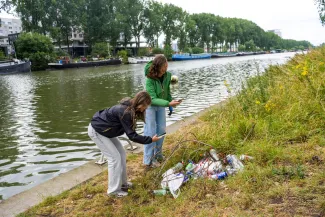
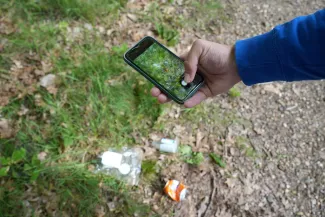
Become a River Watcher yourself!
Participating is easy:
- Go out in your neighborhood, along a river, stream, canal, or just in a park or city.
- Enable your location on your smartphone and take pictures of litter between June 26 and September 20 (World Cleanup Day).
- Upload your images at www.riverwatchers.be.
No app required. Sign up, go out, take photos (and clean up if you wish). Then upload your images to officially become a River Watcher.


